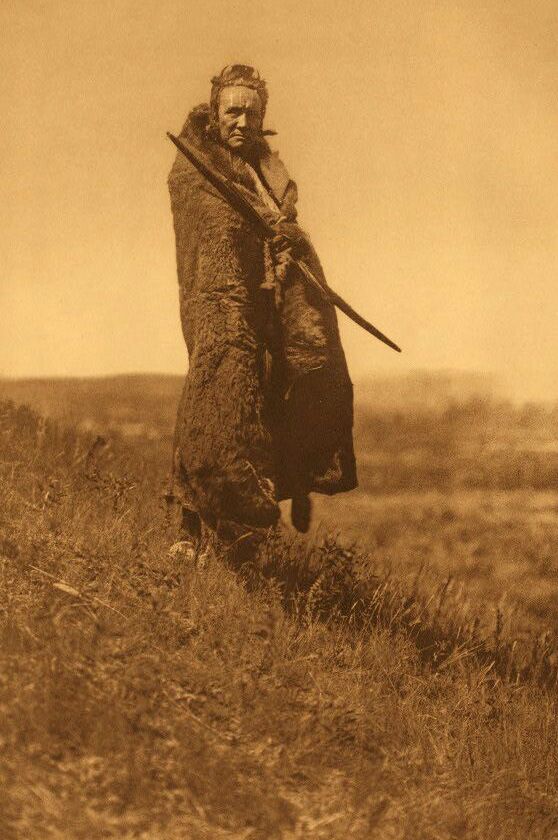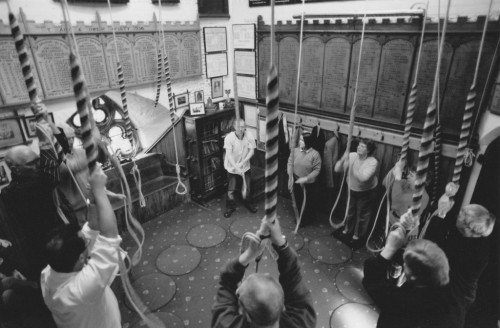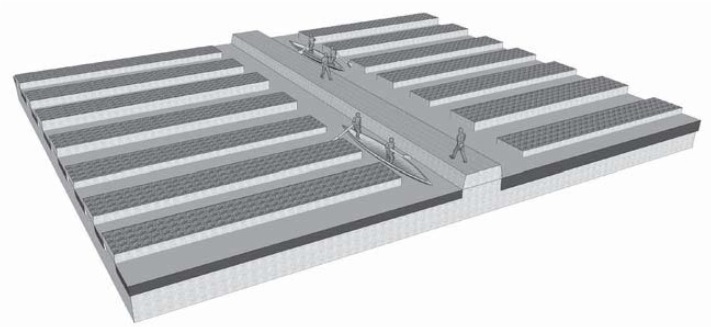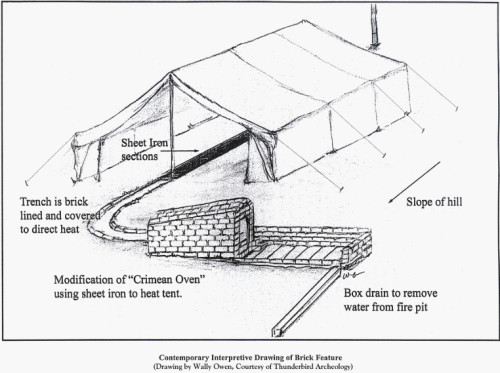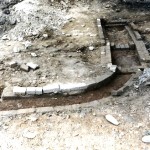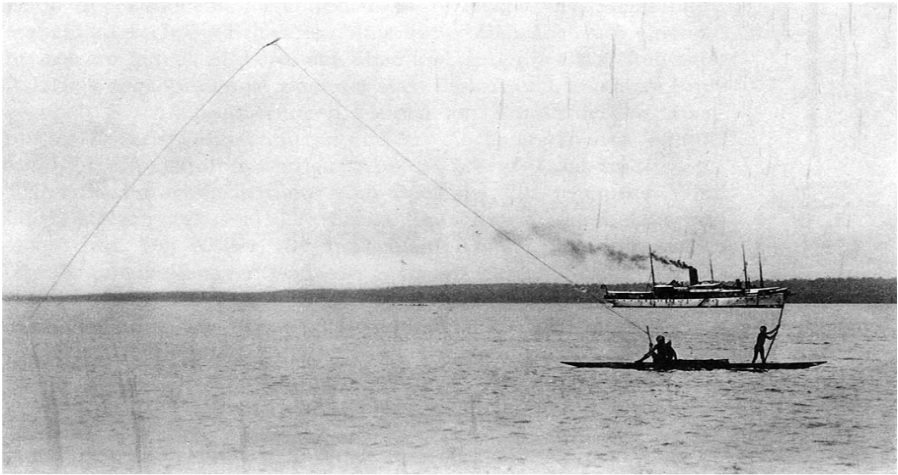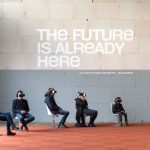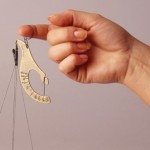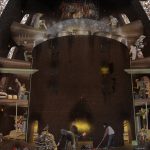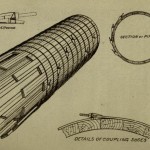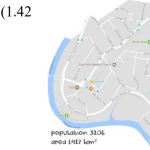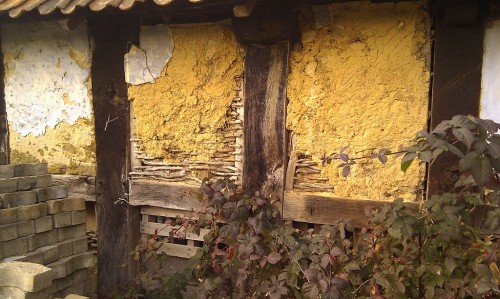 “In Plymouth, Massachusetts — the site of the first English colony in America — Matteo Brault spends his days living a 17th century life, along with dozens of other re-enactors on the modern-day Plimoth Plantation. Brault works full-time as a 17th-century style blacksmith, using traditional tools like a grindstone, hand-made nails and a large bellows for making the fire hot enough for forging iron and steel. He also helps build the traditional shelters.”
“In Plymouth, Massachusetts — the site of the first English colony in America — Matteo Brault spends his days living a 17th century life, along with dozens of other re-enactors on the modern-day Plimoth Plantation. Brault works full-time as a 17th-century style blacksmith, using traditional tools like a grindstone, hand-made nails and a large bellows for making the fire hot enough for forging iron and steel. He also helps build the traditional shelters.”
“The simplest homes in town were built using cratchets — natural forks in trees — as support for the ridgepole of the roof. The walls are built up with “wattle” — small sticks for the lattice structure — and “daub” — a mortar of clay, earth and grasses. Instead of using the traditional English lime wash to protect the walls, the colonists took advantage of the plentiful wood in the America and created clapboard siding by cleaving wood into thin boards. For the thatch roofs, large bundles of water reed or wheat straw are woven with a giant needle by two people working in tandem (one outside and one inside). “It’s like a giant quilt made of grass,” explains Brault, “which makes a water-tight roof that essentially acts as a giant sponge. It absorbs water and laps it off.”
Watch the video. Picture: a wattle and daub wall in Germany.
